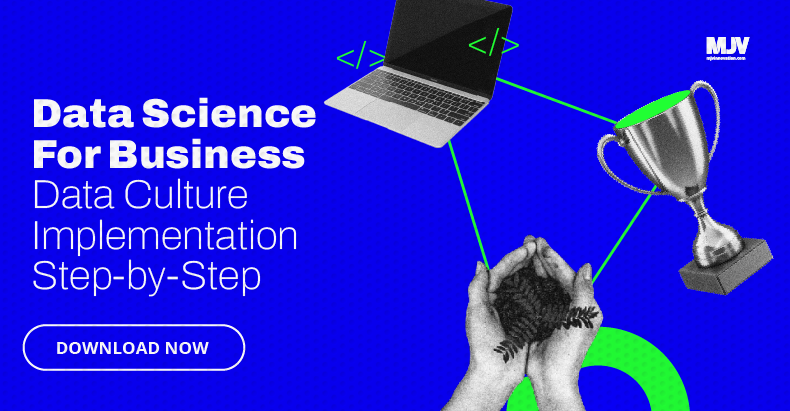3 Steps of Data Science to apply in your company
Data Science is a practice that has been incorporated into the market and explored in different segments. Soon, we will all have a bit of a data scientist. Are you ready for this?
To demystify the subject, we brought the Data Science steps applied in practice, and that can be incorporated into your company. Follow each phase with us.
- Scope definition
At this stage, the objective is to detail the business challenge. The phase involves both the human side, as we seek to understand what will be relevant for end-users and the technological side, to learn about the data sources available and how they are collected.
From a human point of view, more linked to innovation and design of solutions, we can divide this stage into two moments:
- Business immersion: to understand the impacts of data for the organization.
- Analysis and Synthesis: to structure the challenge that we will overcome.
On the other hand, we also have to incorporate some Data Science processes, which can be guided by the following practices:
- Governance Mapping: to understand the organization’s structure in the area of data governance.
- Data Architecture Analysis: as the name says, it is to identify the company’s data architecture.
- Immersion in the data: to understand the different sources of data available, their quality, among other points.
From there, you would already have the bases to understand the problems you could solve and start designing the solutions.
→ Want to learn more about Data Science? Download our ebook now to understand the impacts on the market.
- Discovery and modeling
Now that we understand the business challenge, we have started a prototyping process. This is the moment when data scientists need to act. After all, we are going to go through steps that require deepening into more technical issues.
As in the previous step, we will have some fundamental tasks to start designing the solution.
- Data Acquisition: we work with data samples extracted from complete databases. It is in this task that we carry out exploratory analyzes to uncover preliminary insights.
- Harmonization of Data: the task consists of a thorough examination of the quality of the data to clean it and make the different sources compatible.
- Artificial Intelligence and Machine Learning: with the sample base ready, we can select algorithms to apply to machine learning data.
- Business-focused implementation: the models are progressively customized to the business reality.
In this way, with the data scientist’s support, we can prove the solution from a conceptual point of view. The time has come to make everything tangible, right? This is what we will do next.
- Prototyping and implementing
Now that we have a concept, the time has come to transform it into a new product, service, or solution for end-users or customers. Of course, we will also deliver a step-by-step of the tasks that you need to perform to overcome that step.
- Ideation: we will raise ideas in brainstorming sessions, list them and prioritize them, with the participation of representatives of end-users and other stakeholders involved.
- Prototyping: prototypes can be from the simplest to the most complex and serve to test what has been developed in practice.
- Implementation: part of the implementation process involves data acquisition and harmonization. Besides, we must use agile methodologies, which work very well for this type of project.
Finally, we must always communicate the results and receive feedback on what we have accomplished. Only then can we work on a process of continuous improvement.
Applying Data Science to the business world
It is imperative to understand that data-aligned solutions do not arise only from the data scientist’s work. It is always good to have the participation of professionals working in the business area and, above all, the main stakeholders who benefit from the solution.
It is the union of the technical part – linked to business intelligence, information technology, and data science – with the business area – which has a great understanding of the market and users’ needs – is that we can create aligned and innovative solutions.
Among the possible solutions that can arise from this synergy, we can list infinite possibilities:
- New products and services for end-users
- More sophisticated dashboards for data analysis
- Creation of purchase propensity indicators
- Machines capable of analyzing data and making decisions
- Automate data storage, management, and visualization process
- Among many others.
Anyway, let’s repeat the consolidated sentence: data is the new oil. Exploring the infinite possibilities of Big Data is what will put your company one step ahead of the competition and, more importantly, more aligned to the needs of your consumer.
Are you looking for help putting each of these steps into practice? So get in touch with us and find out how we can help you with that!

